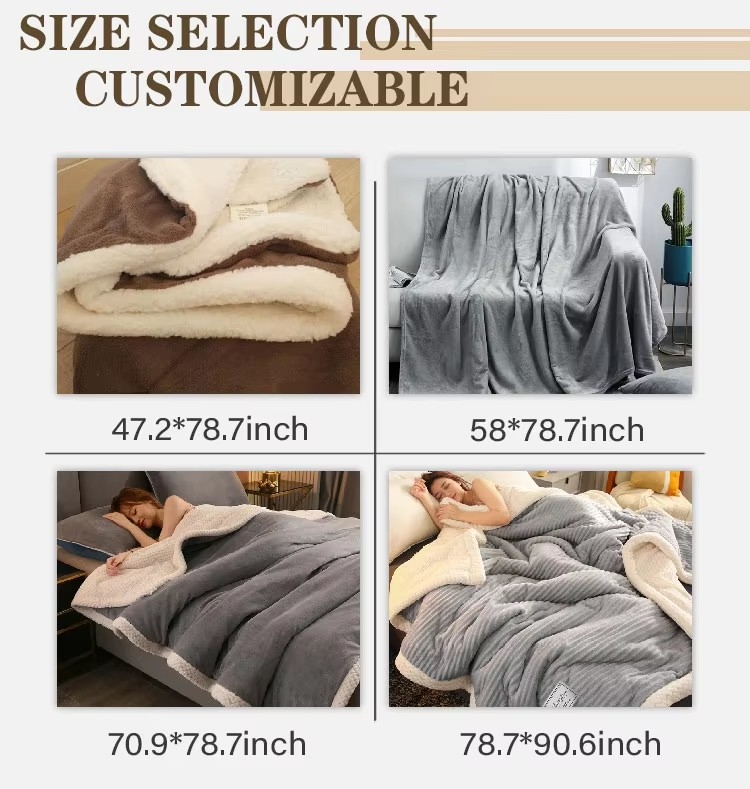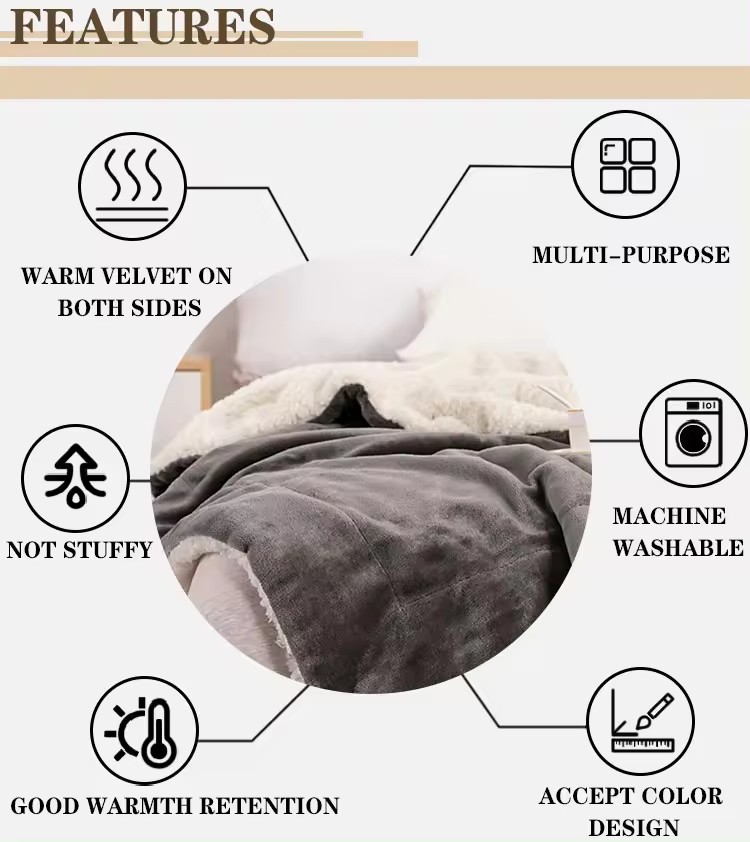
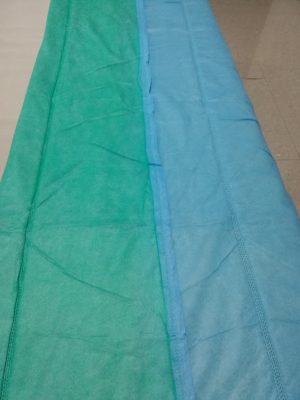
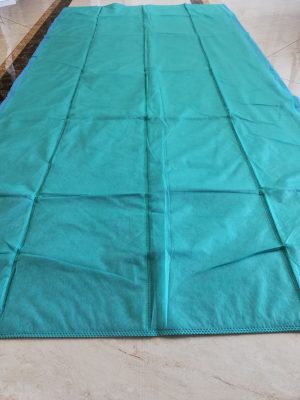
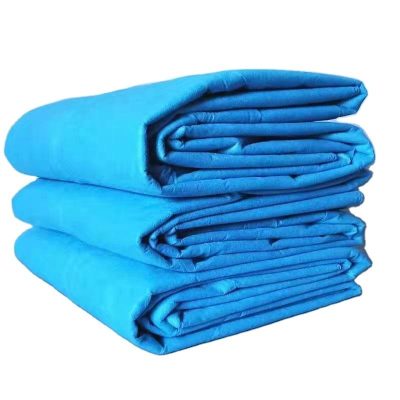
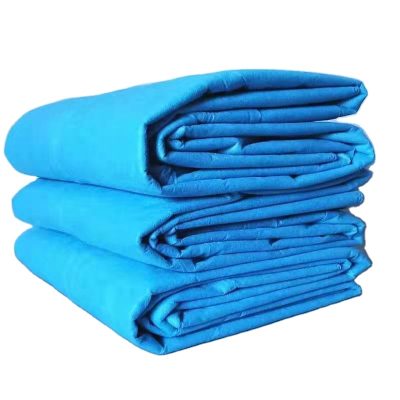
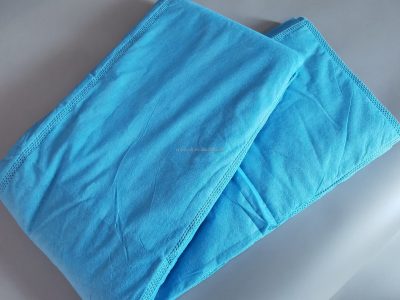
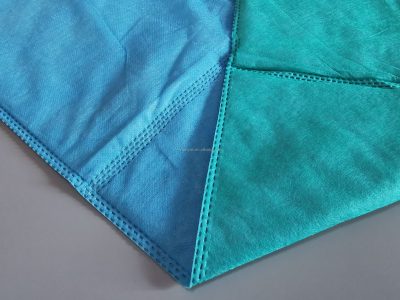

| Item | Hospital Blankets |
| Size | Standard sizes include Twin, Full, and specific hospital sizes such as 66″x90″ |
| Dimensions | Specific dimensions for each size, e.g., 66″x90″ or 70″x90″ |
| Weight | Typically ranges from 2 lbs to 5 lbs |
| Material | Cotton, Polyester, or a blend of both |
| Weave Type | Thermal weave, cellular weave, or plain weave |
| Color/Pattern | Usually solid colors, often white or light blue |
| Warmth Level | Medium warmth, suitable for hospital environments |
| Breathability | Highly breathable to ensure patient comfort |
| Durability | High durability, designed to withstand frequent washing and high temperatures |
| Care Instructions | Machine washable, able to be sanitized at high temperatures |
| Hypoallergenic | Yes, made with hypoallergenic materials |
| Flame Resistance | Often treated to be flame resistant |
| Brand | Manufacturer or brand name |
| Origin | Country of manufacture |
Hospital blankets are specialized bedding used in healthcare settings to provide comfort and warmth to patients. These blankets are designed with specific considerations for hospital environments, emphasizing durability, ease of maintenance, and patient safety.
Typically made from materials like cotton, polyester, or blends, hospital blankets are chosen for their ability to withstand frequent washing and high-temperature sanitization. They often feature a thermal or cellular weave pattern, which enhances warmth while remaining lightweight and breathable.
Hospital blankets come in standard sizes suitable for hospital beds, ensuring a comfortable fit for patients. They are available in neutral colors such as white or light blue, which promote a calming and hygienic environment.
Safety is a priority with hospital blankets. Many are treated to be flame-resistant to meet safety standards in healthcare facilities. They are also designed to be hypoallergenic to minimize the risk of allergic reactions or skin irritations among patients.
Beyond practicality, hospital blankets play a significant role in patient care by providing comfort during recovery or treatment. Their quality construction and thoughtful design contribute to maintaining hygiene standards and supporting patient well-being in medical settings.
